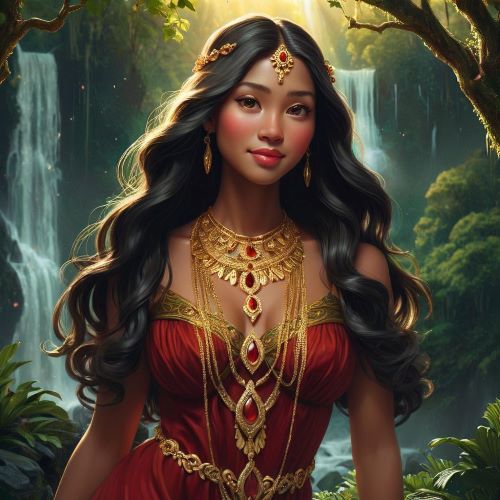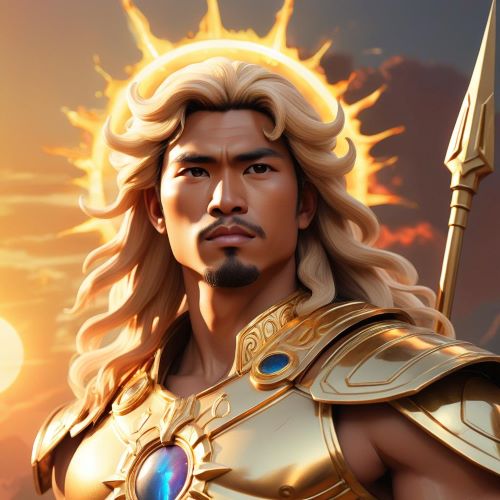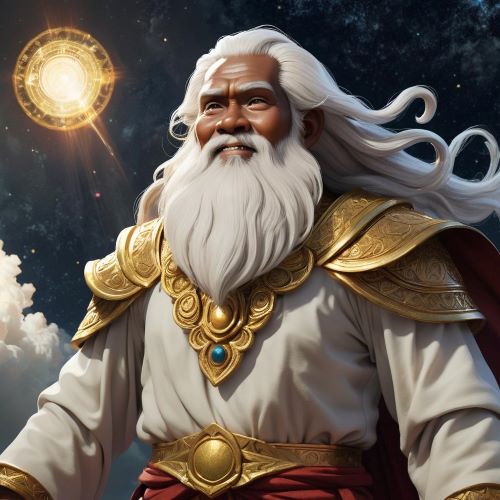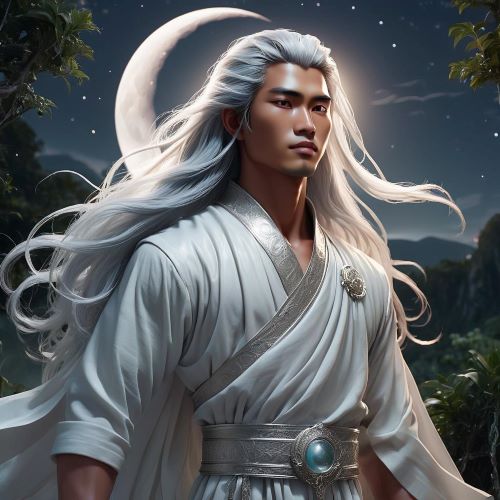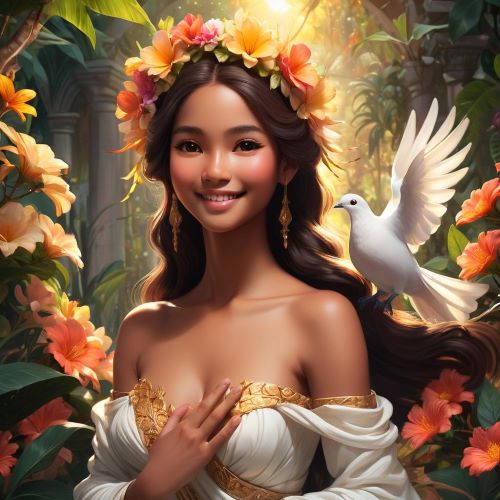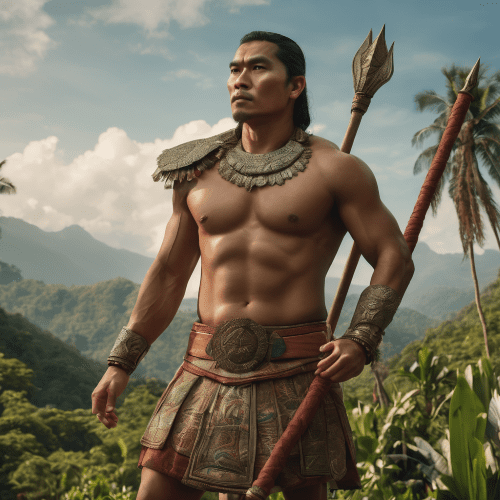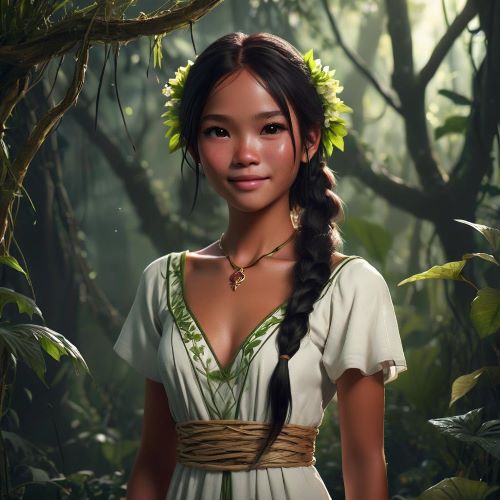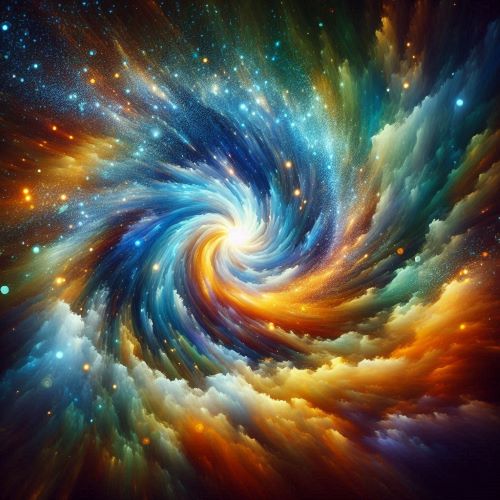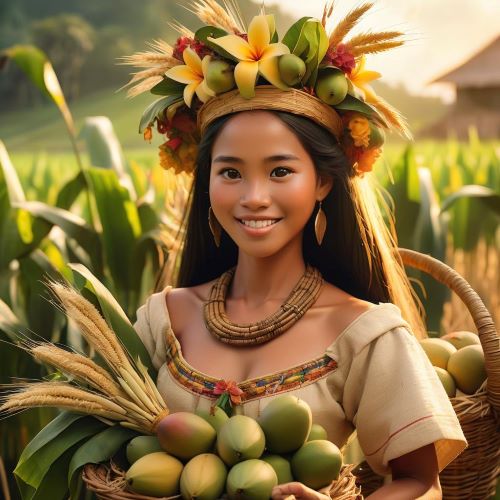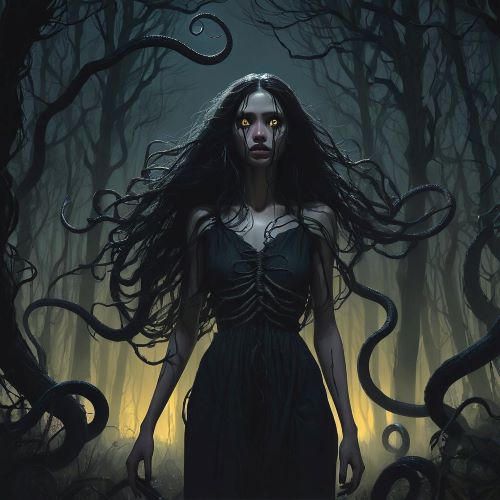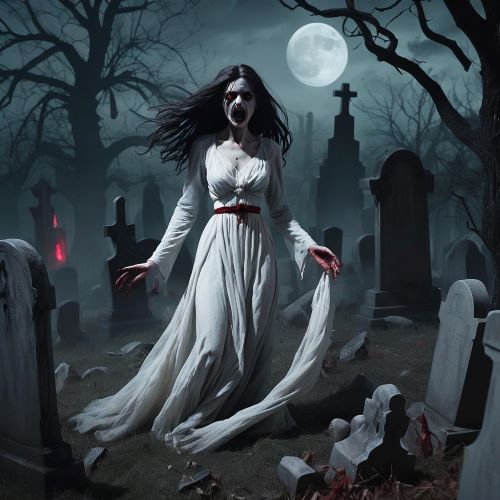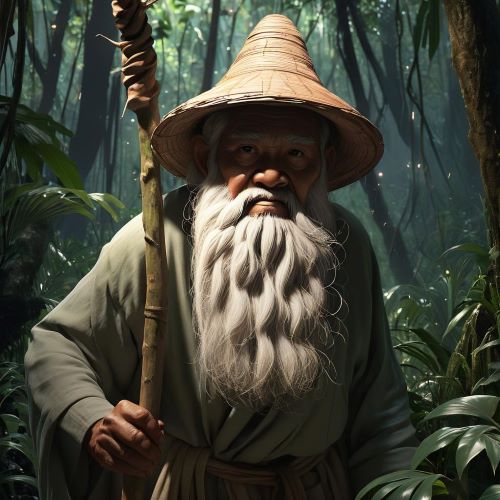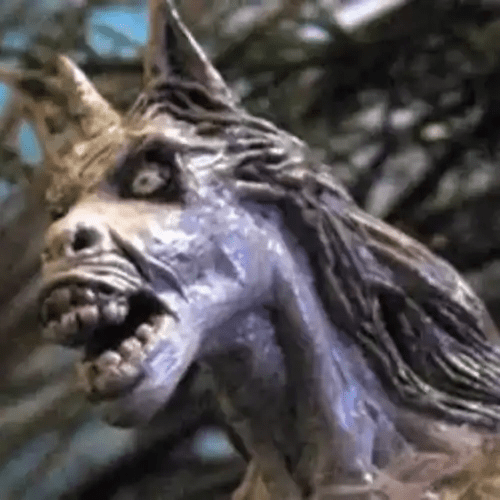Philippine Mythology
Philippine mythology is the body of stories and epics originating from the 7000 islands that form part of the Philippine archipelago. This mythology is inspired and influenced by the numerous folk religions and other ethnic and religious influences in ancient times. Philippine mythology is incorporated from various sources and has a lot of similarities with Indonesian and Malaysian myths, as well as Hindu, Muslim, Shinto, Buddhist, and Christian religions.
Philippine mythology tries to explain the nature and functioning of the world through various stories revolving around gods, mortals and other mythological creatures. The majority of these myths were passed on through oral tradition, and preserved through the aid of community spiritual leaders, shamans, priests and village elders.
Philippine mythology has been historically referred to as Anitism, meaning “ancestral religion”. Even today, many of the ethnic cultures across the Philippine islands continue to practice and uphold these traditional beliefs while the practicing of foreign religions like Christianity and Islam are also quite widespread.
The preservation and proliferation of Philippine Mythology was primarily through oral literature and folk stories. The passing down of there stories and traditions is still being passed down from generation to generation via verbal communication even today. Creating an official record of these stories have proved to be futile due to the vast cosmology and also due to the differences in the stories from one village or tribe to another. Oral literature also has the disadvantage of getting diluted and revised as the years go on. The influence of the Spanish invader who permanently changed Filipino characters to Spanish also played a major part in tampering with the literature.
Despite being ethnic counterparts, the deities, heroes, and creatures are completely different from each other, and their stories must be respected as they are and not mixed into a single narrative. It should also be noted that each ethnic story has a variety of versions. In many cases, stories vary between town to town or village to village despite the peoples in the specified areas belonging to the same ethnic group. Some of the prominent sub groups of people who form part of Philippine Mythology are – Bicolano, Visayan, Tagalog, Kapampangan, Sambal, Hiligayon, Karay-a, Cebuano, Mandaya, Manobo, Ibaloi, Bontoc and Ifugao.
The Philippines is a terrible name, coming from Spain. Phillip II was the father of the inquisition, who I believe died of syphilis. It is my great regret that we didn’t change the name of our country.





